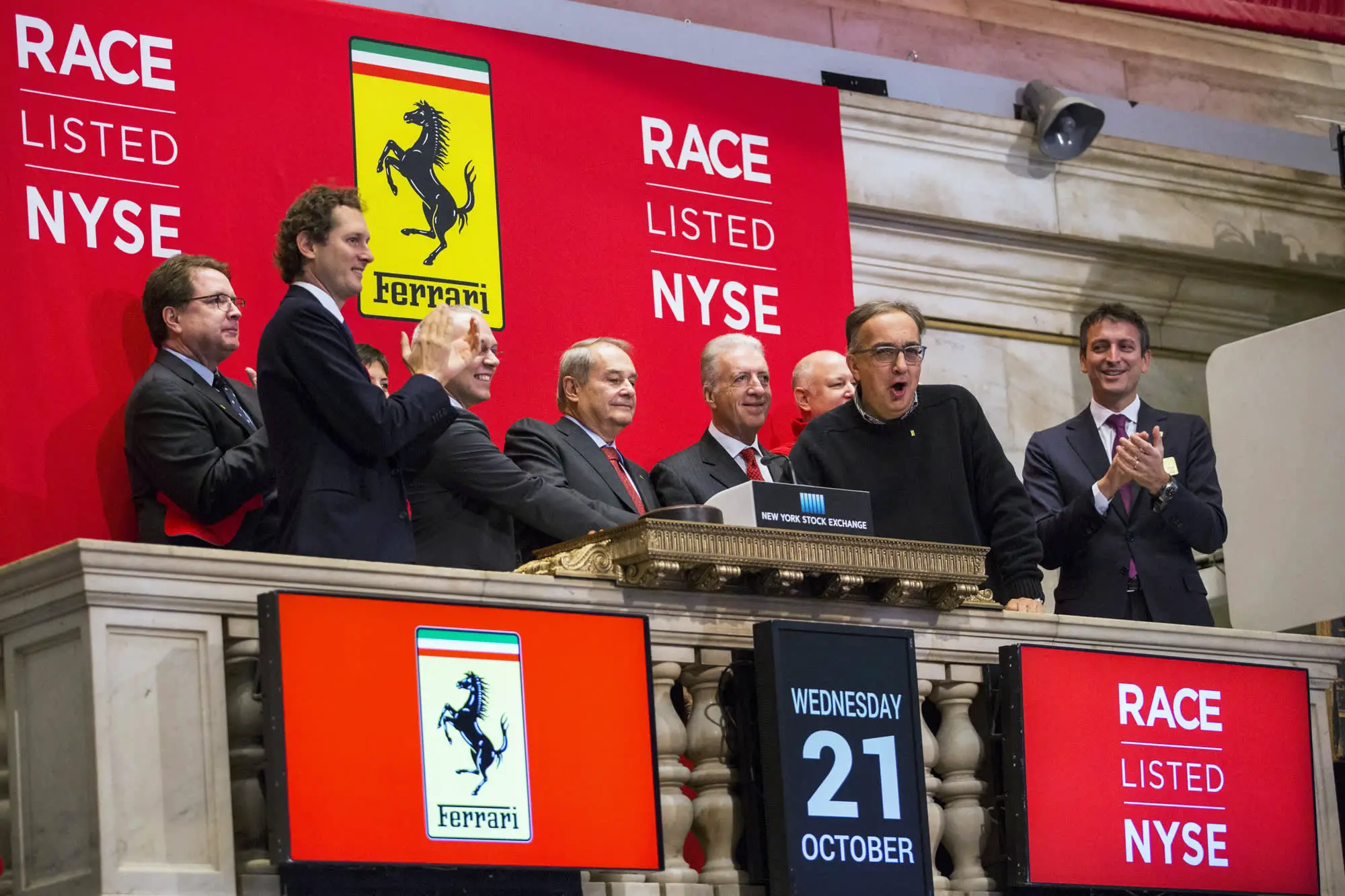2015 was a banner year for the initial public offering (IPO) market, with 169 companies going public in the United States alone. Several standout companies among these debuted on the general market, raising billions of dollars and creating a buzz in the financial world. These businesses range from renewable energy providers to industrial chemical distributors, but they all have the same goal: to raise funds for growth and expansion.
In this article, we'll look at some of the biggest companies that went public in 2015 and see how they've fared since then.
1. First Data
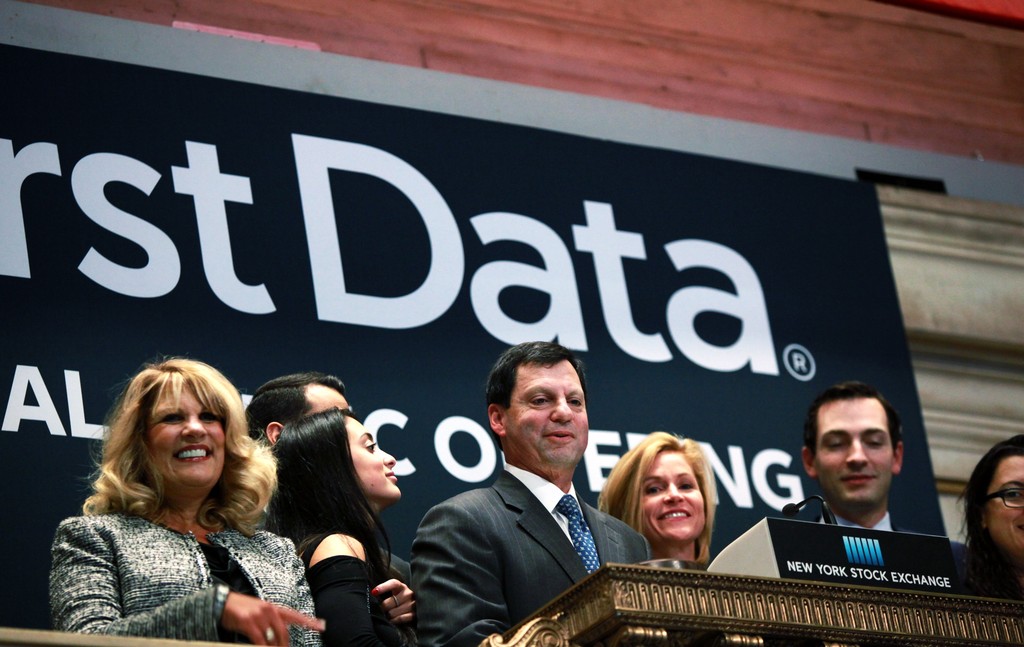
First Data's $2.6 billion IPO was the largest of the year. In 2015, the company was a leader in electronic payments, processing over 2,300 transactions per second and earning $1.9 trillion in revenue. The funds raised through the IPO fuelled the company's growth. These efforts helped the company's financial performance improve in 2016.
2. Tallgrass Energy Partners

Tallgrass Energy Partners operates pipelines transporting crude oil and natural gas across the United States. The company's IPO in 2015 raised $1.3 billion, which the company intended to use to support its pipeline operations; however, the timing of the IPO could have been better because it coincided with a drop in oil and gas prices.
The company continued investing in its pipeline operations despite difficulties following its IPO. The IPO funds enabled the company to invest in expansion projects and maintenance activities.
3. Columbia Pipeline Partners

Columbia Pipeline Partners raised over $1.1 billion by going public at $23 per share.
The proceeds from the IPO funded the company's expansion and growth initiatives. TransCanada's acquisition represented a significant loss for the MLP's investors, who had invested $23 per share during the IPO. As a result, the MLP's value was 26% lower than when it was listed, leaving investors with significant losses.
4. Ferrari

Ferrari went public in 2015 with an IPO that raised $893 million. The stock price initially stalled but has since raced higher, trading 12% above its IPO price of $52 per share. This lively performance is due to Ferrari's reputation as a premier luxury-performance-car manufacturer and the general market success of luxury products.
Ferrari has used the proceeds from its initial public offering to fund growth initiatives such as expanding production capacity and developing new models. In addition, the company has invested in R&D to improve the performance and efficiency of its vehicles, which is critical in an increasingly competitive market.
5. Univar
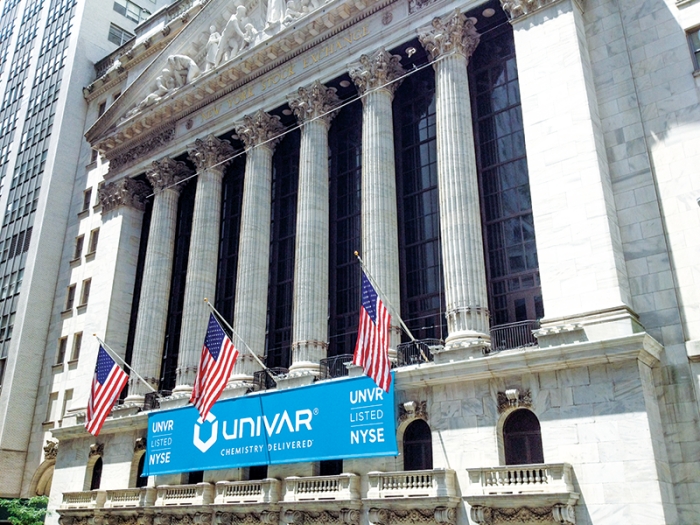
Univar, a distributor of industrial and specialty chemicals, went public in June 2015 at $22 per share. The IPO raised $770 million for the company, which it planned to use to pay off debt and fund growth initiatives. The IPO funds were critical in allowing Univar to weather its challenging market environment in its early years as a public company. The funds paid down debt, increasing the company's financial flexibility and allowing it to pursue growth initiatives.
6. Fitbit
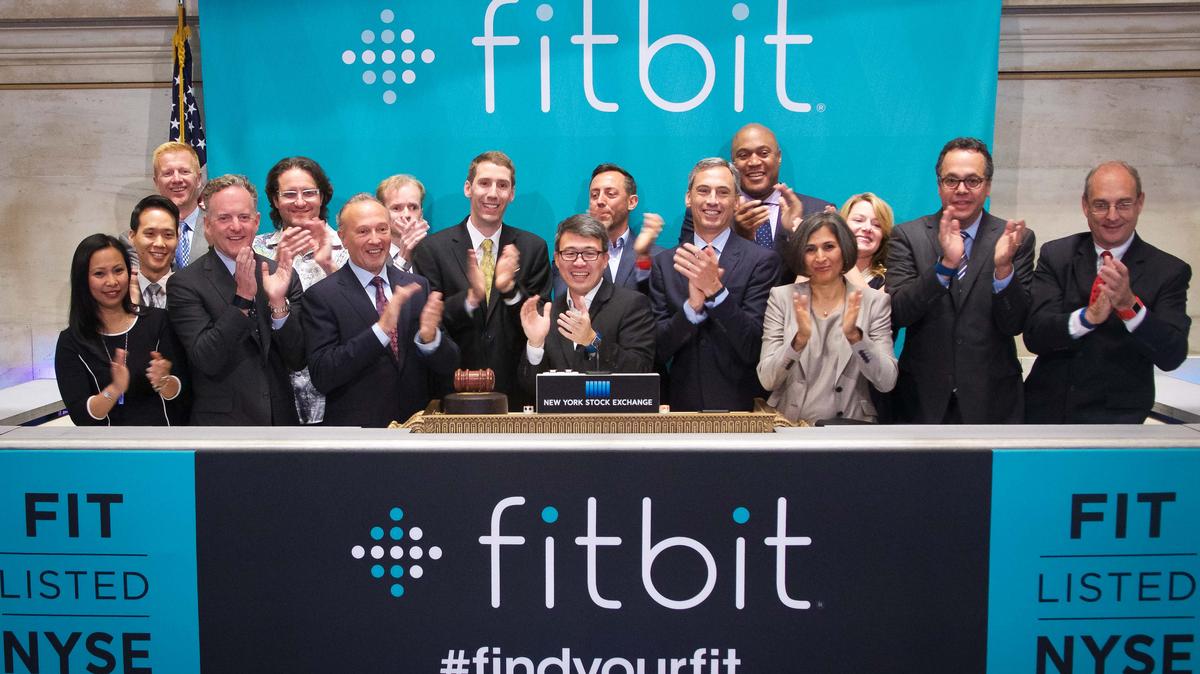
Fitbit, the market leader in wearable fitness technology, went public in June 2015 at $20 per share. The IPO netted the company $731.5 million, which helped it expand its product offerings and pursue growth initiatives. Fitbit was a market leader in wearable fitness technology, with high product demand. The funds enabled the company to pursue growth initiatives.
7. Blue Buffalo Pet Supplies

The pet food industry is becoming more premium, with pet owners treating their pets as members of their families. This trend has created a platform for growth for pet-food companies such as Blue Buffalo, which specializes in premium pet foods. The company went public in July 2015 with an IPO priced at $20 per share, raising $676.6 million, which paid off debt and funded growth initiatives.
Blue Buffalo has been able to invest in R&D, expand its distribution network, and improve its marketing efforts. Consumers have responded positively to the company's focus on premium pet food, resulting in solid financial performance and a growing market share.
8. TerraForm International

TerraForm Global, a renewable energy provider, raised $675 million in an initial public offering in July 2015. The IPO proceeds funded growth initiatives such as acquiring and developing renewable energy assets. The lack of financial reporting and the uncertainty surrounding its contracts have cast doubt on its future, resulting in a significant drop in its stock price.
9. TransUnion

The company keeps a proprietary database with files on over 1 billion consumers and gives businesses access to it and tools to exploit it. TransUnion went public in June 2015, raising $664.8 million at an offering price of $22.50 per share.
The company's emphasis on innovation and technology has helped it maintain a competitive advantage and position itself for future growth. Its business model, which includes highly recurring and diverse revenue streams, low capital requirements, and solid and stable cash flows, has driven the stock up 39% since the IPO.
10. EQT GP Holdings Inc.
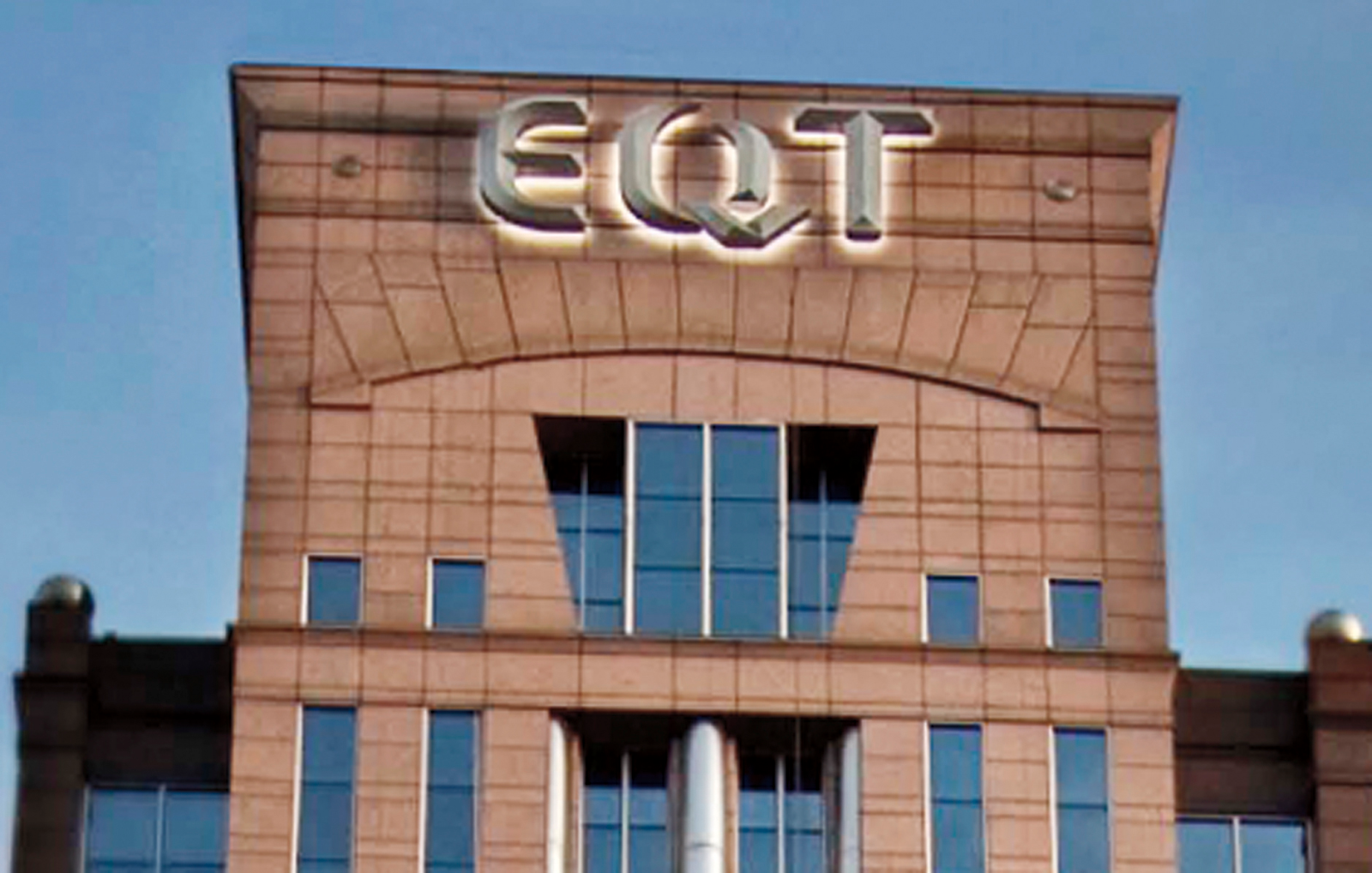
EQT GP Holdings went public in May 2015 with an IPO at $27 per share, raising $621 million. The general partner of EQT Midstream Partners, which owns and operates interstate pipelines and gathering lines primarily serving the Marcellus shale region, is EQT GP Holdings.
The proceeds from the IPO funded EQT Midstream Partners' growth initiatives, such as acquiring and developing additional pipeline infrastructure.
With substantial financial results and continued growth in the Marcellus shale region, EQT Midstream Partners has performed well.
In addition, the company has invested in expanding its pipeline infrastructure, with plans to add new pipeline capacity to meet rising natural gas demand.
Conclusion
As companies raised billions of dollars to support their growth and expansion plans, the 2015 IPO market saw both successes and failures. Some companies, such as First Data, have struggled to meet investor expectations, whereas others have snowballed since going public. The challenges their parent companies face and broader industry trends have affected the stock prices of companies such as Columbia Pipeline Partners and TerraForm Global.
On the other hand, companies such as Univar and EQT GP Holdings have weathered industry challenges and continued to invest in growth opportunities. The 2015 initial public offering market serves as a reminder of the potential benefits and risks of going public. It emphasizes the significance of a well-planned and executed IPO strategy for businesses seeking to raise capital and grow.

